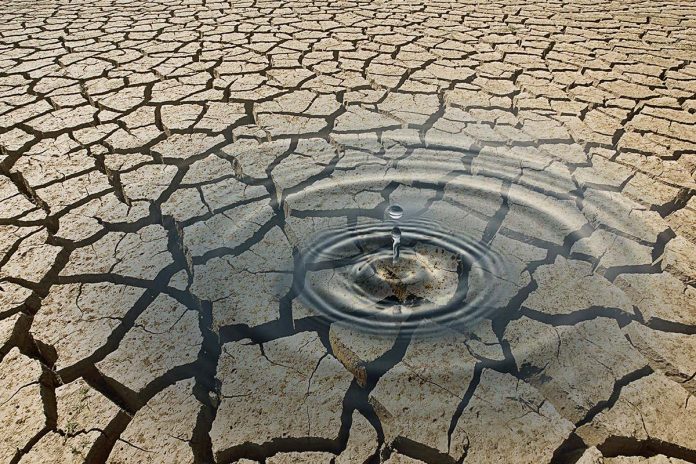[ad_1]

John Lund/Getty Images
A device that can extract water from almost dry air using heat from sunlight could help provide a sustainable source of water in remote regions with limited access to electricity.
“In areas where water scarcity is a problem, it’s important to consider different technologies which provide water, particularly as climate change will exacerbate many water scarcity issues,” says Alina LaPotin at the Massachusetts Institute of Technology.
The device, developed by LaPotin and her colleagues, contains an adsorbent material called a zeolite inside it, which collects water vapour from the air at night. During the day, heat from the sun collected at a “solar absorber” panel drives the release of the water from the material so it is suitable for use.
Advertisement
Because the zeolite is very porous and has a large internal surface area, it can adsorb the tiny quantities of water held in almost dry air, says LaPotin. Modelling based on initial tests of her team’s device predicts it could produce water from air with a relative humidity as low as 20 per cent – levels seen in deserts. Existing atmospheric water harvesting devices, such as fog harvesting and dewing systems, only work at relative humidity levels of at least 50 per cent.
Fog harvesting also carries the disadvantage of being geographically limited to areas with fog, and dewing systems need to consume a lot of energy to power refrigeration systems that cool air below its dew point, she says.
“Unlike desalination technologies, atmospheric water harvesting is a strategy if there is no liquid water available,” says LaPotin. It is also suitable in areas without centralised water production infrastructure, she adds.
“We are interested in developing compact atmospheric water harvesting systems which focus more on portability and weight constraints,” says LaPotin. The box-shaped device is made of acrylic, aluminium and copper sheet metal, and currently weighs about 7 kilograms.
During tests it was able to produce 0.77 litres of water each day for every square metre of solar absorber. LaPotin says her team is investigating ways to increase the amount of water that can be adsorbed by the material inside the device, to increase its efficiency further.
“New materials are being developed which have a higher uptake,” she says. “Incorporating these materials into our device would show even greater performance.”
Journal reference: Joule, DOI: 10.1016/j.joule.2020.09.008
Article amended on
15 October 2020
We have clarified the details of the experiment
More on these topics:
[ad_2]
Source link











